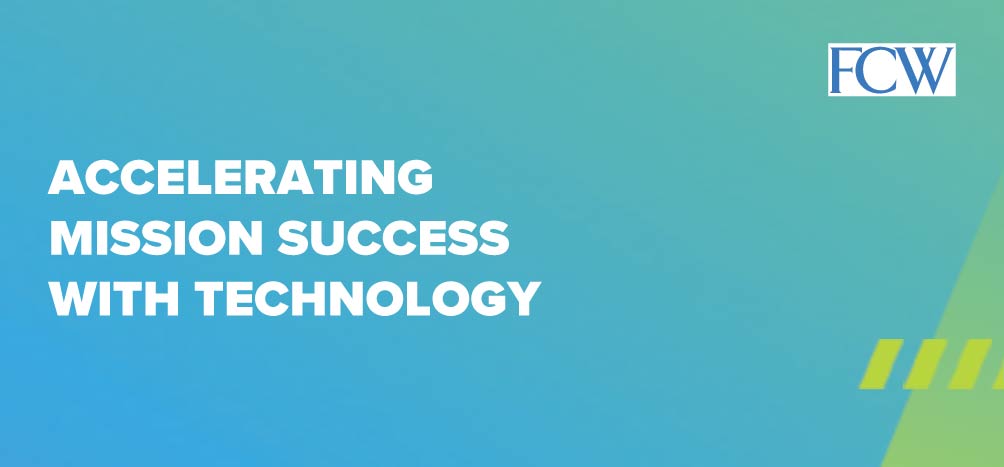Container technology is catching on big-time in the federal government as agencies such as the USDA and the National Institutes of Health look to containers to simplify software development and reduce costs.
This isn’t a big surprise. Containers offer enormous advantages over traditional “waterfall” application development processes, where monolithic systems are developed and released in a single effort—a time-consuming and onerous task. It’s also a risky approach. Once deployed, it’s impossible to change or upgrade the software without causing downtime and lost productivity.
A containerized approach to application development works quite differently, making it easier for developers to create and deploy software faster and with fewer errors. To understand why, let’s look at what containerization is and the key benefits it delivers. Then we’ll examine some best practices for overcoming one of the biggest challenges containerization poses for IT professionals: performance monitoring.
Containers Help Feds Develop Apps Faster and at a Lower Cost
A container is an entire runtime environment consisting of an application and all the dependencies needed to run it in a single host. Multiple containers can reside on a single server and share the same operating system components, including CPU, memory, and storage. This leads to markedly lower costs.
Containers allow developers to develop applications in a smaller, simplified, and modular way. Rather than run an entire monolithic application inside a single machine, containers enable an application to be split into smaller modules known as microservices. When a new application feature or update is required, the microservice or code update can be easily tested for errors during the development phase and deployed quickly and easily without having to rebuild the entire application. This allows agencies to deliver services with more agility and speed.
 Containers Aid With Scalability
Containers Aid With Scalability
Elasticity is another big benefit. For instance, during the early days of the COVID-19 pandemic, unemployment agencies experienced a peak in website and phone traffic as millions of citizens rushed to file for benefits. These agencies lacked the resources needed to manage this spike. With containers, however, IT administrators can easily scale their applications up during peak hours or down when they’re not needed. They can do so without having to rearchitect applications to deal with scaling requirements, potentially helping them save a significant amount of money.
Containers Pose Unique Monitoring Challenges
Despite their many benefits, containers occupy an ephemeral, virtualized environment that poses performance monitoring challenges. Open-source container monitoring tools can help, but they require instrumentation to achieve the desired monitoring capabilities. Federal IT pros need specialized tools designed to orchestrate container monitoring in a simple and easy-to-use way.
When considering tools, it’s important to remember true visibility goes beyond insights into containers themselves. IT administrators must monitor containers alongside other network and system components. If an application fails, they need solutions capable of quickly identifying where the problem resides. Is it within the container, the network, or the server? Is it happening on-premises, in the cloud, or in a hybrid environment?
Monitoring can also inform you when a container is reaching capacity. With this understanding, IT teams can spin up additional containers manually or automatically and maintain continuity of service (and the mission). Used historically, this data can also inform optimal capacity planning.
Beyond capturing performance metrics and alerts, container monitoring tools should also enable code profiling and trace-level visibility so IT teams can understand what’s happening inside their applications, such as instances of code potentially causing system degradation.
Monitoring Tools Enhance Container Performance
Containers offer many advantages to federal agencies: delivering software faster, lowering risk and costs, and easing the path to application modernization. But as container use increases, agencies must find ways to manage and monitor their environments. Without visibility into their containers and their many interdependencies, it’s impossible for IT teams to know if their investments are performing as expected, scaling as they should, and—most importantly—delivering highly available services to users and constituents.
Explore our resources to learn more about Continuous Monitoring and other protective monitoring infrastructure.






